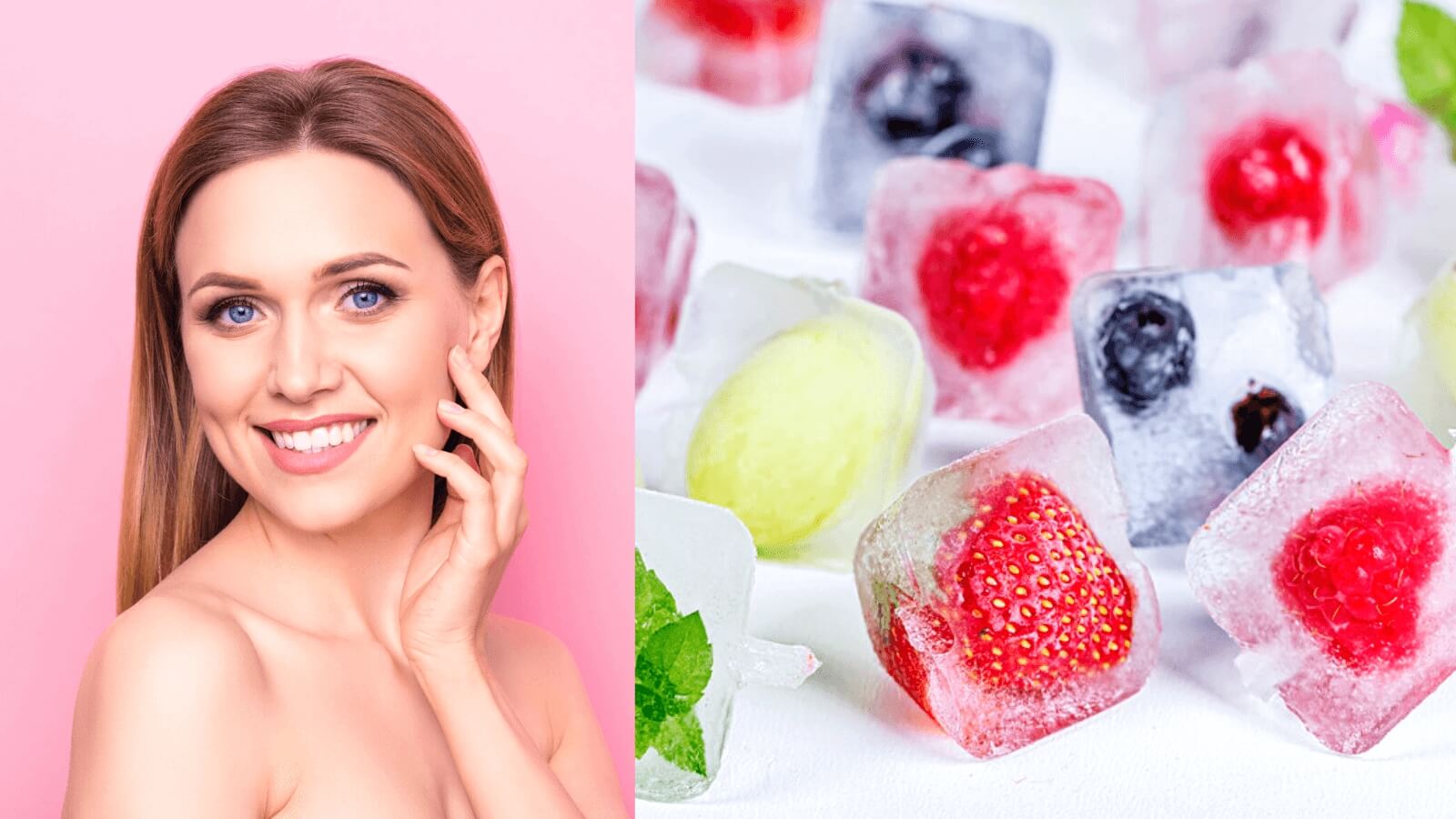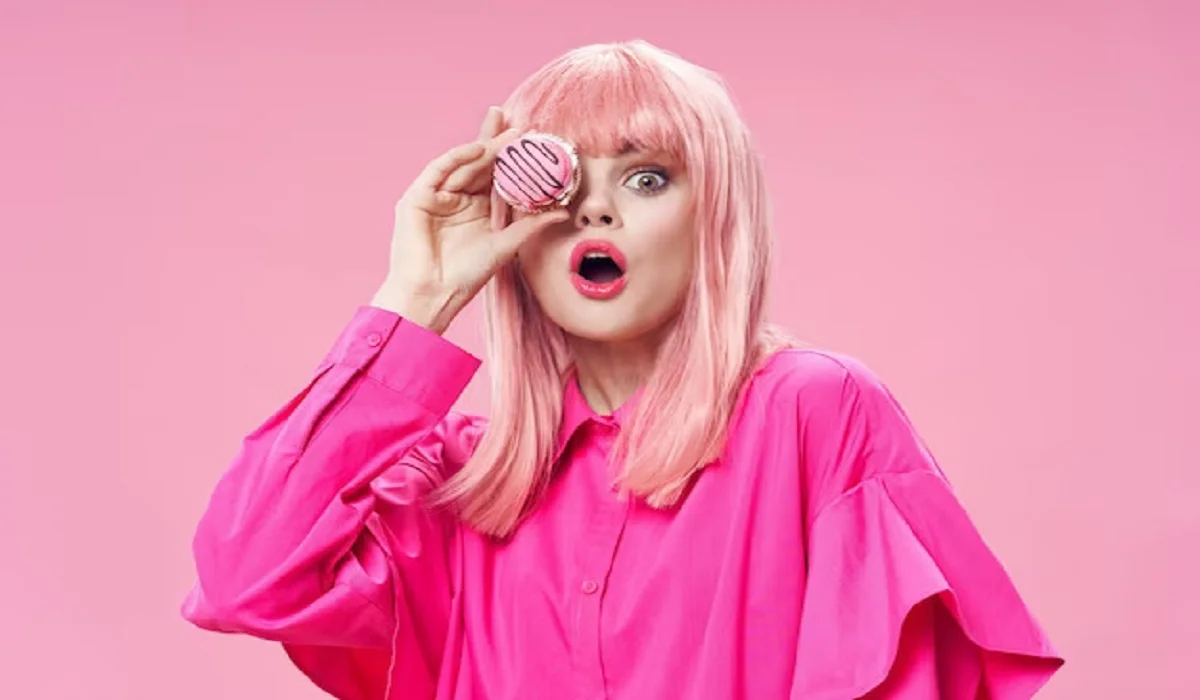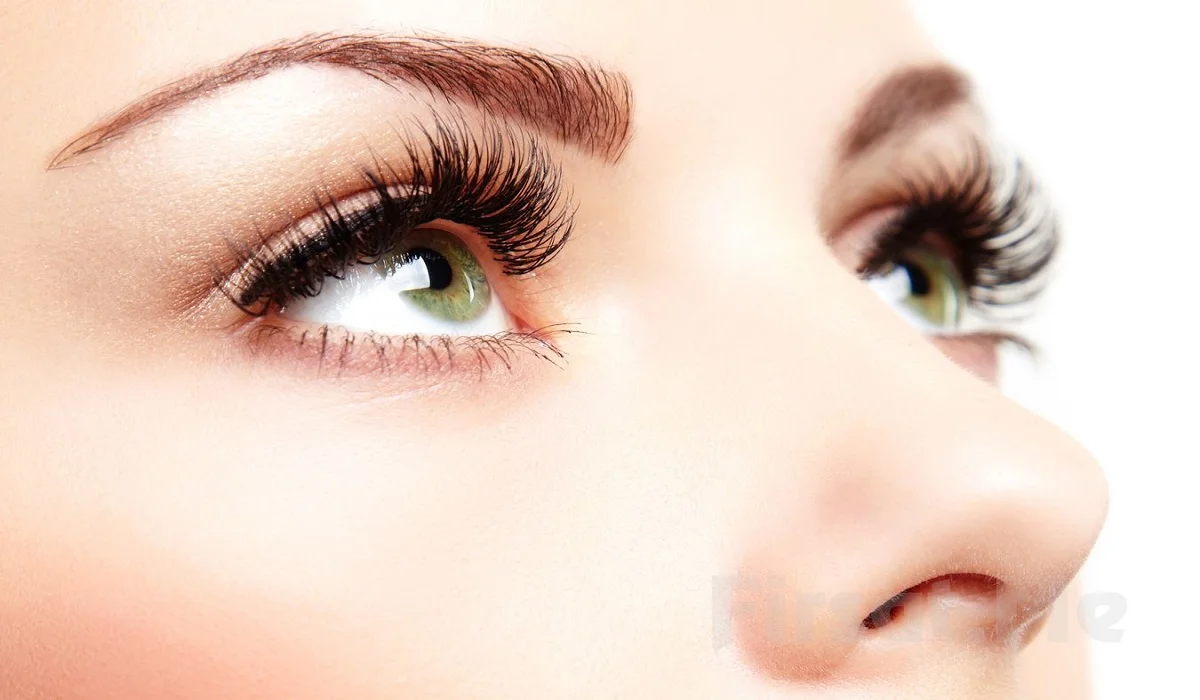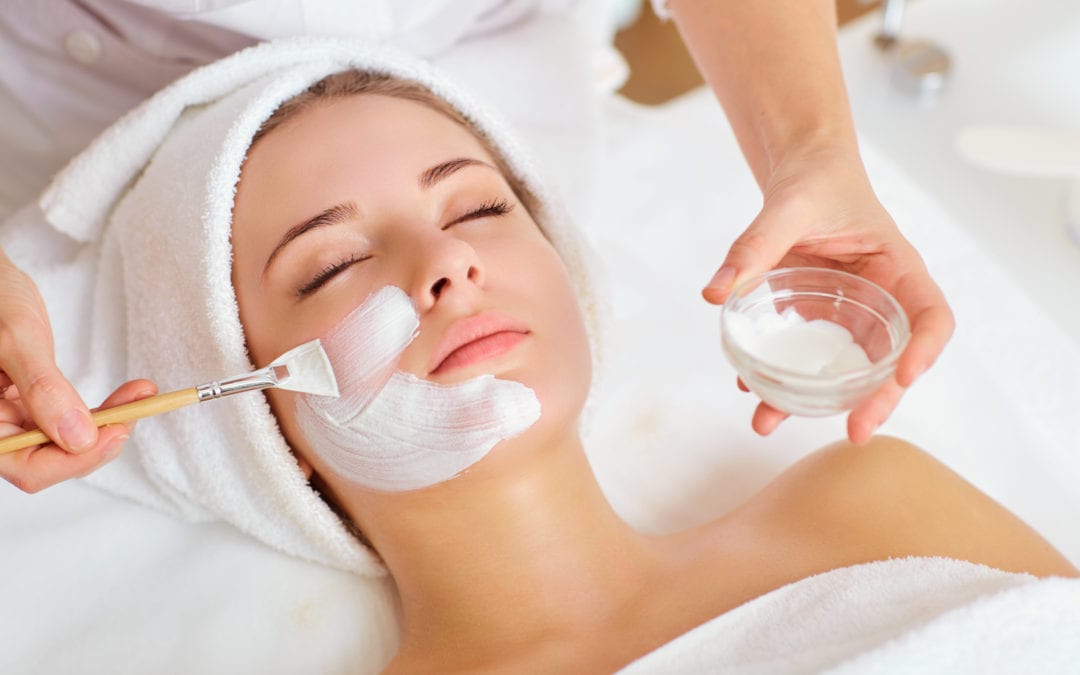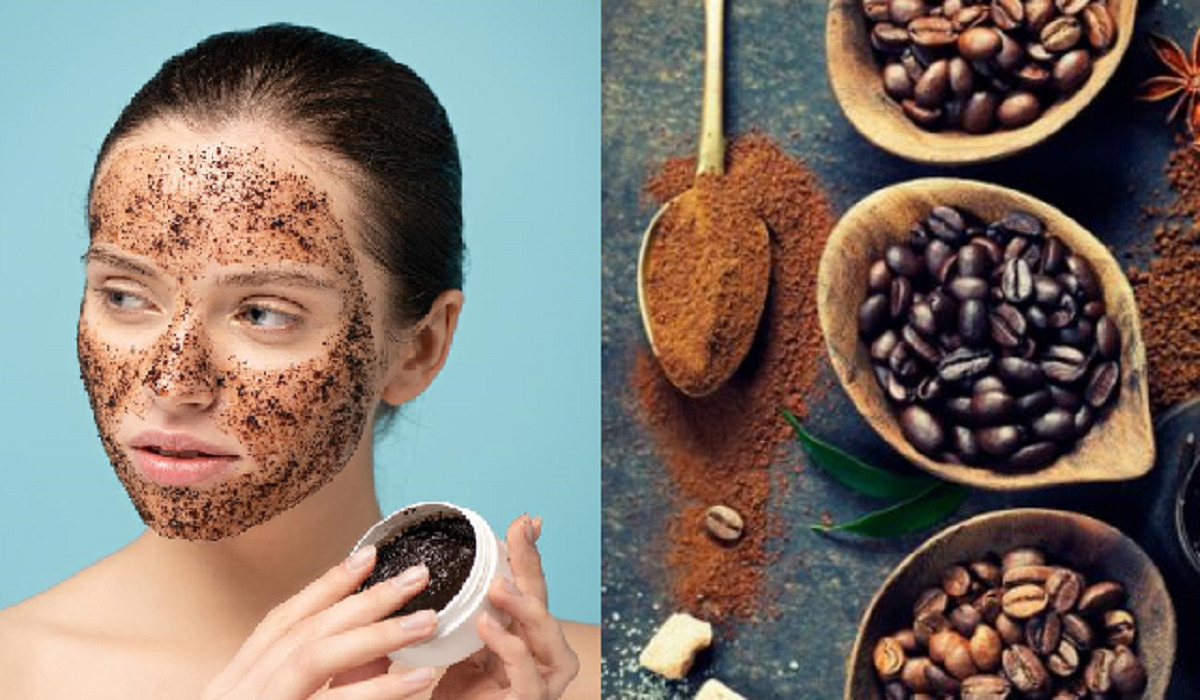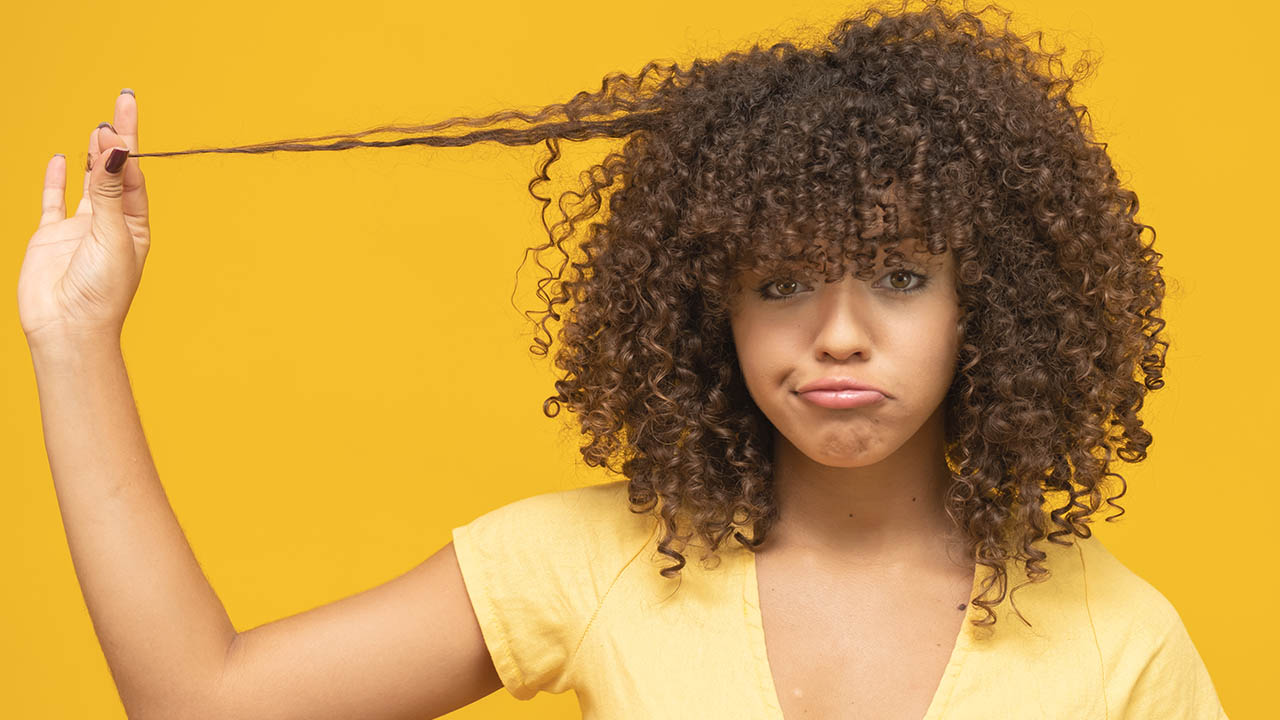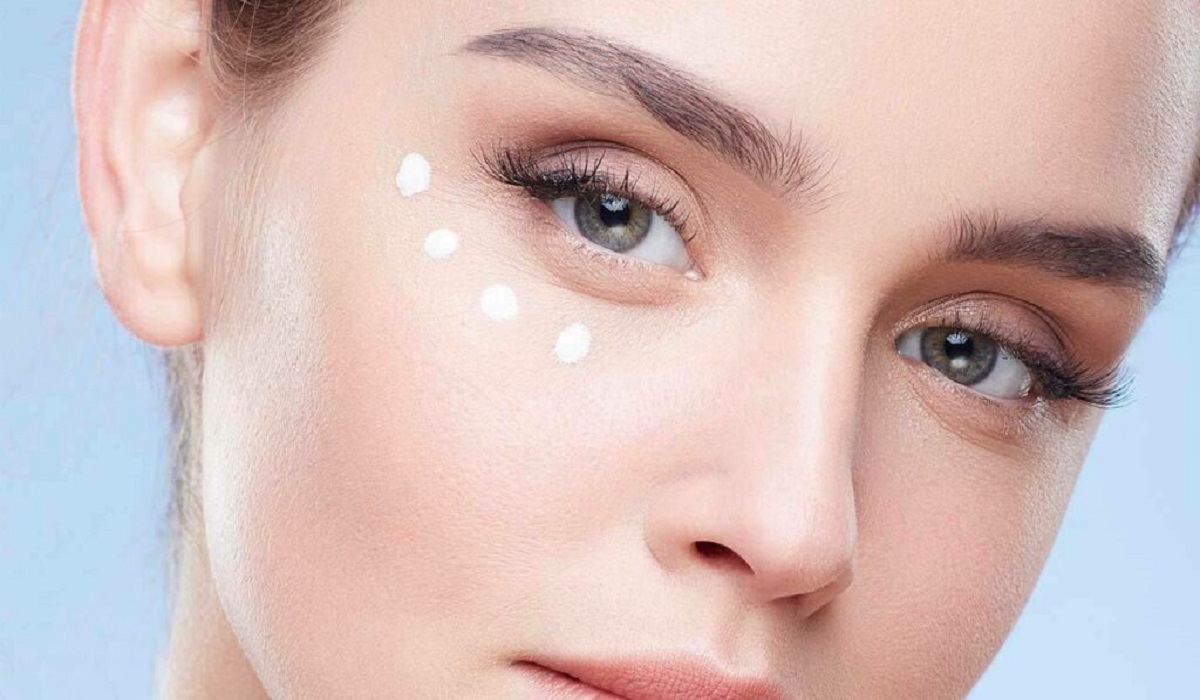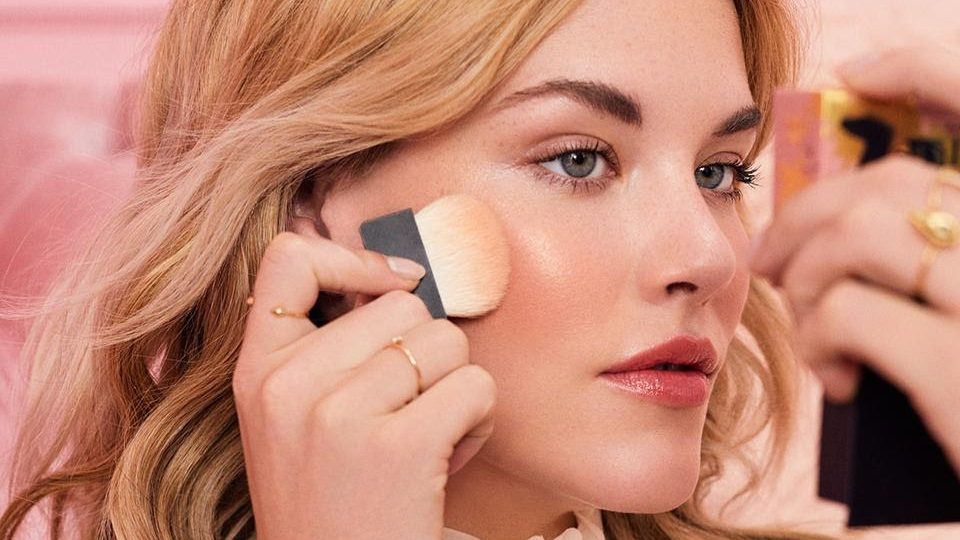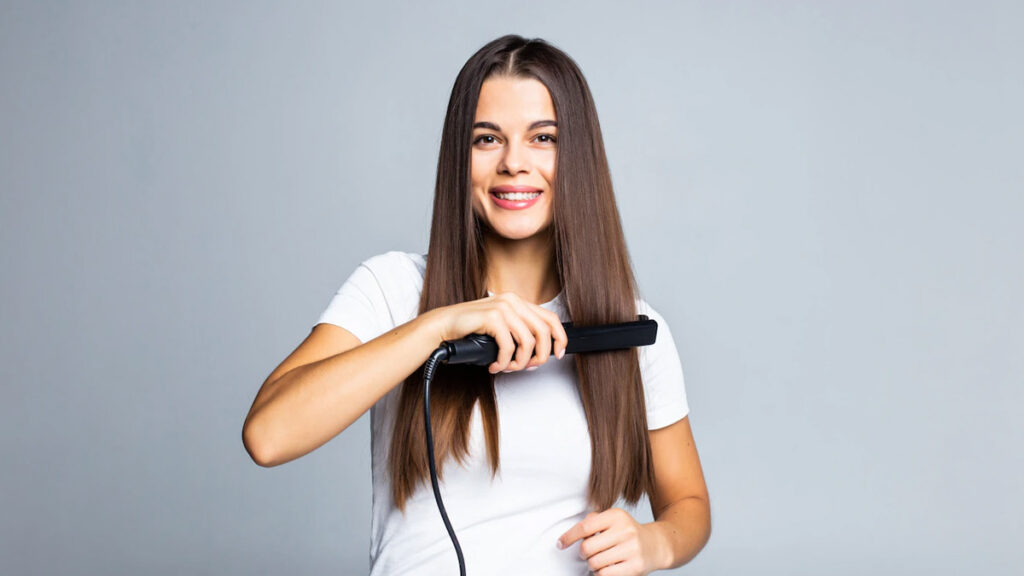
If you have naturally curly or wavy hair, you may find yourself reaching for your flat iron or hair straightener on a daily basis. While these tools can give you straight and smooth hair in no time, frequent use of heat can damage your hair and leave it dry and brittle over time. Luckily, there are several ways to straighten your hair without heat, using natural methods that can keep your hair healthy and beautiful. In this article, we will explore some of the most effective ways to straighten your hair without heat.
Blow Dry Your Hair Straight
Blow drying your hair straight can be a great way to achieve a sleek and smooth look without using heat. To do this, start by washing your hair and applying a heat protectant spray or serum. Then, using a round brush, blow dry your hair in sections, pulling the brush through your hair as you go. Be sure to keep the nozzle of the blow dryer pointed downward to avoid frizz, and use a cool shot of air at the end to set your style.
Use a Hair Straightening Brush
A hair straightening brush can be a great alternative to a flat iron, as it uses heatless technology to straighten your hair. To use a hair straightening brush, simply brush your hair in sections, starting at the roots and working your way down to the ends. The bristles of the brush will gently detangle your hair and smooth out any waves or curls, leaving you with straight and shiny hair.
Apply a Hair Mask
Applying a hair mask can help to straighten your hair naturally by smoothing out the hair cuticle and reducing frizz. To make a DIY hair mask, simply mix together 1/2 cup of coconut oil, 1/4 cup of honey, and 1 tablespoon of apple cider vinegar. Apply the mixture to your hair, starting at the roots and working your way down to the ends. Leave the mask on for 30 minutes, then rinse with warm water and shampoo as usual.
Wrap Your Hair
Wrapping your hair can be a great way to straighten your hair overnight, without using heat. To do this, start by washing your hair and applying a leave-in conditioner. Then, comb your hair straight and divide it into sections. Take each section and wrap it tightly around your head, using bobby pins to hold it in place. Cover your hair with a silk scarf or bonnet and sleep with it overnight. In the morning, remove the bobby pins and unwrap your hair to reveal straight and smooth locks.
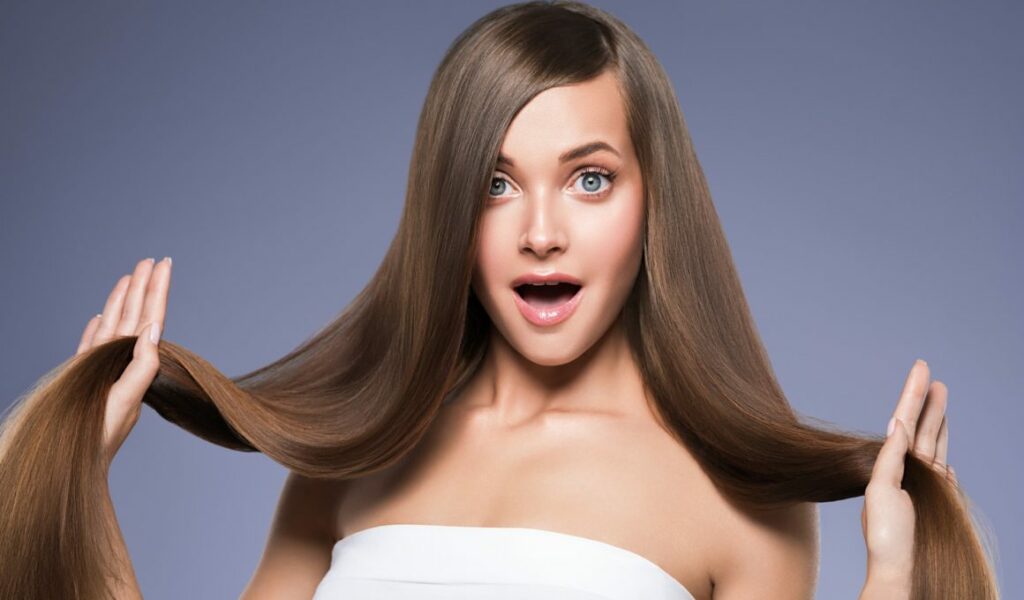
Use a Straightening Balm
A straightening balm can be a great way to straighten your hair without heat, as it uses natural ingredients to smooth out your hair and reduce frizz. To use a straightening balm, start by washing your hair and applying a leave-in conditioner. Then, apply a small amount of the balm to your hair, starting at the roots and working your way down to the ends. Comb your hair straight and allow it to air dry.
Try a Keratin Treatment
A keratin treatment can be a more permanent solution for straightening your hair without heat. Keratin is a protein that is naturally found in your hair, and a keratin treatment can help to strengthen and straighten your hair by smoothing out the hair cuticle. To get a keratin treatment, visit a salon that specializes in the treatment. The process can take a few hours, but the results can last for several months.
Use a Hair Straightening Serum
A hair straightening serum can be a great way to straighten your hair without heat, as it uses natural ingredients to smooth out your hair and reduce frizz. To use a hair straightening serum, start by washing your hair and applying a leave-in conditioner. Then, apply a small amount of the serum to your hair, starting at the roots and working your way down to the ends. Comb your hair straight and allow it to air dry.
Try a Hair Wrap
A hair wrap is another method that can help you straighten your hair without using heat. This method involves wrapping your hair tightly around your head while it’s still wet and leaving it that way until it dries. To do a hair wrap, start by washing your hair and applying a leave-in conditioner. Then, comb your hair straight and divide it into sections. Take each section and wrap it tightly around your head, using bobby pins to hold it in place. Leave the wrap on until your hair is completely dry, then remove the bobby pins and unwrap your hair to reveal straight and smooth locks.
Use a Straightening Shampoo and Conditioner
Using a straightening shampoo and conditioner can help to straighten your hair naturally over time, without using heat. These products typically contain natural ingredients that work to smooth out the hair cuticle and reduce frizz. To use a straightening shampoo and conditioner, simply wash and condition your hair as you normally would, and allow your hair to air dry.
Try a Hair Roller Set
A hair roller set can be a great way to straighten your hair without heat, while also adding volume and body to your hair. To do a hair roller set, start by washing your hair and applying a leave-in conditioner. Then, divide your hair into sections and wrap each section around a hair roller. Leave the rollers in your hair until your hair is completely dry, then remove the rollers to reveal straight and voluminous locks.
In conclusion, there are several effective ways to straighten your hair without heat, using natural methods that can keep your hair healthy and beautiful. From blow drying your hair straight to using a hair straightening brush, applying a hair mask, wrapping your hair, using a straightening balm, trying a keratin treatment, using a hair straightening serum, doing a hair wrap, using a straightening shampoo and conditioner, and trying a hair roller set, you can achieve straight and smooth hair without causing damage from excessive heat. Try out different methods and see which ones work best for your hair type and desired results.

